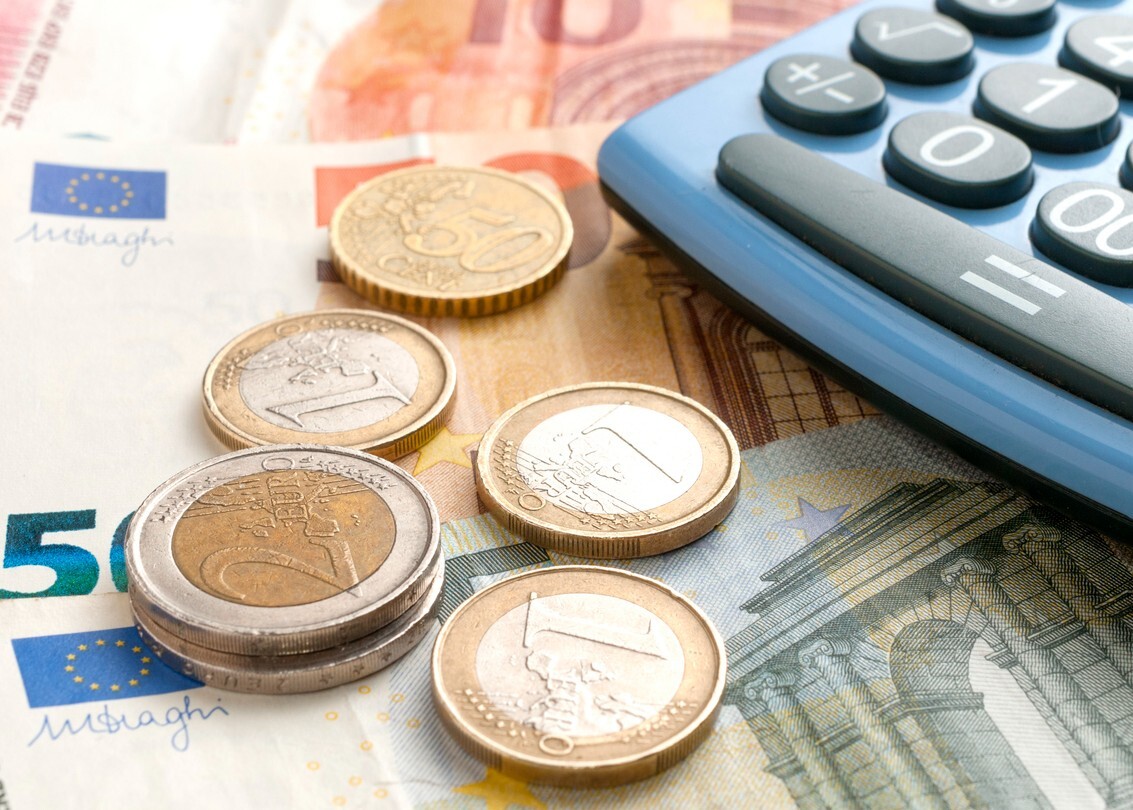Non c'è ancora accordo su quale sia l'approccio più adatto per misurare l'economia sommersa
Why do we care about measuring and understanding the real entity of the shadow economy? The economic activities of all countries in the world are dealing with this common phenomenon. It is an issue which by nature appears to mean very different things to macroeconomists, labor economists, criminologists, fiscal experts and national income accountants. The fact itself that it is seen and interpreted differently by experts and scientists is already a sign of controversy.
A frequently cited definition of the shadow economy is "all economic activities that contribute to the officially calculated (or observed) gross national product but currently unregistered". However, this definition can easily be expanded to a much broader description (Figure 1), which at the same time can be renewed including, among others, cyber trafficking and counterfeiting. One key element to observe in this definition is related to the fact that all these activities (legal and illegal) are contributing to the gross national product of an economy, nevertheless – for different reasons – are not registered.
Today, more than ever, Europe is facing different challenges and, among all, the relaunching of a sustainable growth is at the top of the agenda. However, to spur growth and prosperity we need to measure it first, and just by measuring it we can clearly understand that the tools that we have been using so far are not sufficient anymore to address our needs. In a recent article published by the Economist they are making this point very clear: how should we measure prosperity? As we all know, the most important metric that economists and non-economists use to observe and measure the wellbeing of an economy is the gross domestic product (GDP), an aggregate measure of production – as defined by the OECD – and a monetary measure of the value of all final goods and services produced in a country in a given time – as defined by the IMF (Figure 2).
Interestingly, history – with this respect – is telling us a lot. A basic concept of the GDP was created between 1652 and 1674 by Sir William Petty (an English economist). In 1695 it was further developed by Charles Davenant and more recently, in 1934, Simon Kuznets developed a modern notion of the GDP as we know it today. Already back then Kuznets himself warned the US Congress about the limits and the use of this metric. The initial aim of this tool was to measure an economy's production capacity; however, today it is often criticized by experts, non-experts and scientists as often inaccurate and incomplete. For instance, two economists at the Bruegel Institute have recently posted an instructive article about the "dark side" of our measure of prosperity, titled "GDP revision and the non-observed economy".
With non-observed economy we refer to all product activities that are not captured in the basic data source used to collect national accounts. With this respect, unofficial, informal or underground activities (all equivalent terms for shadow economy) are often linked to criminal activities, but in reality are much broader, including also legal transactions that become illegal since are not reported to the tax authorities. As we can imagine, these transactions can capture basically anything from babysitting to tutoring or cleaning services. According to Istat such activities are mainly related to domestic services, professional activities, construction and agriculture. It is interesting to observe the level of the shadow economy in the OECD countries in 2015 and to see that Italy is ranked second after Greece, with 20.1% relative to GDP.
Even more interesting, according to the Institute of Applied Economic Research of Tübingen, Germany's unofficial economy was forecasted to increase in 2015, after years of decline, because of the minimum wage regulations (€8.50 per hour) shortly introduced nationwide (Figure 3).
In September 2014 the new European System of Accounts (ESA 2010) replaced the old system which was almost twenty years old. When we talk about prosperity, national accounts play a vital role in the definition of a harmonized methodology within Europe to measure, compile and compare statistics in a reliable and efficient manner. This harmonization led to a revision of the GDP. Consequently, national accounts have to keep the pace of our fast changing economies by adapting and adjusting according to the needs. Illegal activities – considered a market transaction – were thus included in the GDP calculations, since it should be measuring all economic activities, declared and undeclared. For this purpose, common guidelines on how to measure, for example, prostitution and drug trafficking were released to all Member States. At this point, we can see the effect of the different components included in the GDP for all OECD countries (Figure 4). The OECD is including four particular components: research & development (R&D), which is showing the major impact especially in Finland, Sweden and Ireland; military weapon system; new improved resources and illegal activities which are interestingly playing a role in countries like Spain, Poland and Italy, highlighting differences across the analyzed countries. The impact of illegal activities on 2010 GDP ranges between 0 and 1 percentage points, while the average of all OECD countries is 0.2.
One of the important aspects of the data is that the value of the illegal activities is still either not available or zero for many countries, thus reflecting the concern about making the GDP a comparable tool. However, one could argue whether this is really an exhaustive measure. Do we really have everything we need inside this basket of goods and services, legal and illegal?
There are different ways to measure the underground economy and so far economists and non-economists are still debating on which approach is better in capturing the real entity of such a challenging issue. There are direct and indirect methods, such as: statistical surveys; electricity input methods; currency demand approach developed by Tanzi in 1980 and the more recent MIMIC approach, which includes payroll taxes, indirect taxes, tax morale, unemployment, business freedom, self-employment, rule of law, growth of GDP per capita, education and corruption index among others. The currency demand approach is also commonly used among scientists as it assumes that shadow transactions are paid in cash to avoid traceability, and this method can be applied by using the available data on the amount of currency in circulation. However, in many OECD countries this method can be influenced by the use of credit cards.
A recent research study reinterpreted the currency demand approach in order to apply it to a panel of 91 Italian provinces relatively to 2005-2008 and assess the size of the shadow economy. Interestingly, the shadow economy is estimated at an average of 16.5% of GDP, much lower than the statistics reported by other international sources. Therefore, there is still ample room for providing further investigations not only on the size of the shadow economy, which remains debated among scientists, but also on creating a common metric for all European countries, independently on the different law, in measuring prosperity. For instance, it would be interesting to map the variations in the size of the shadow economy within a certain Italian metropolitan area, by looking at the deposits of large banknotes across banks, in order to understand whether the unofficial economy is concentrated in wealthier residents or rather in marginalized communities.
© Riproduzione riservata











